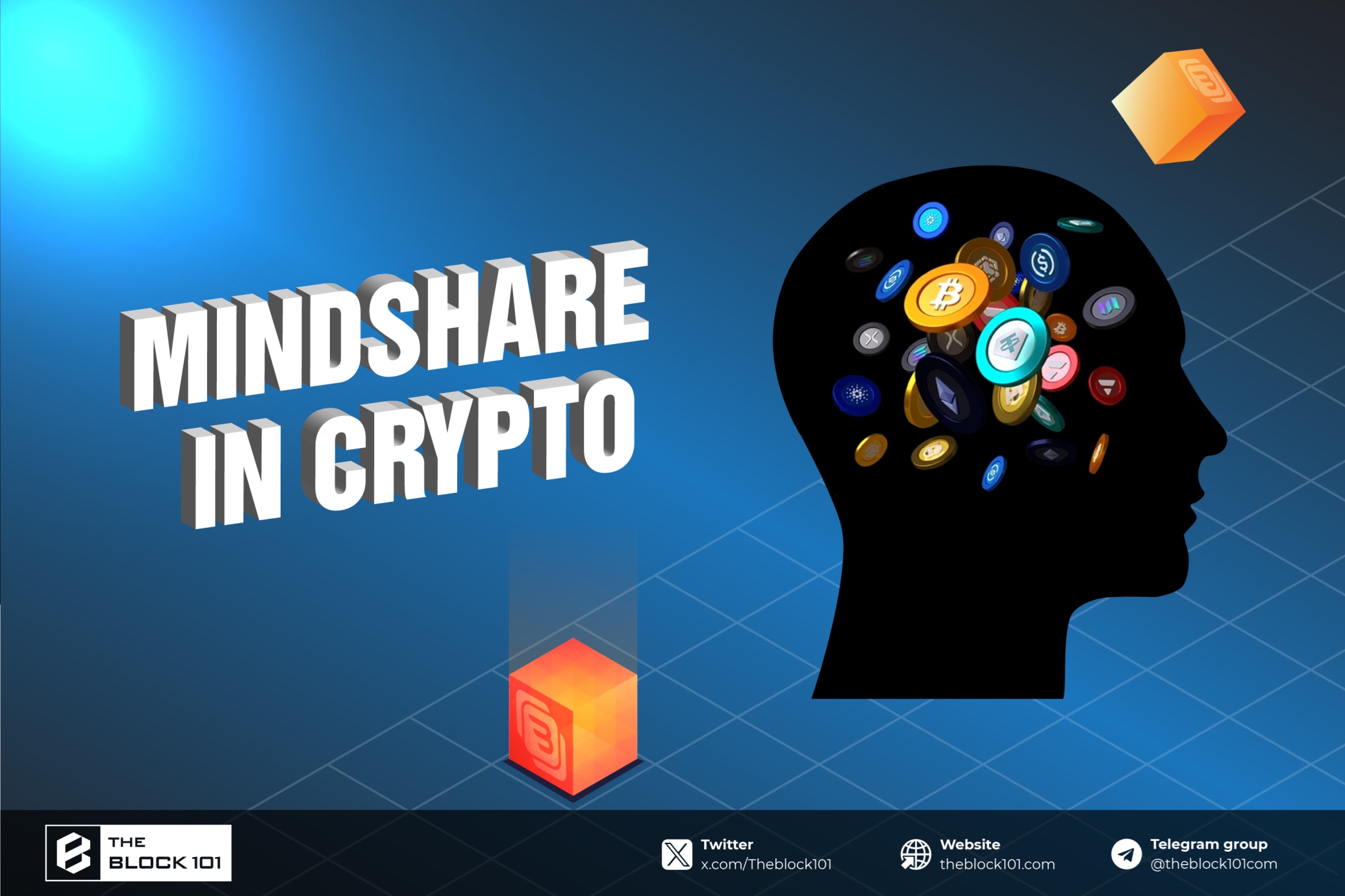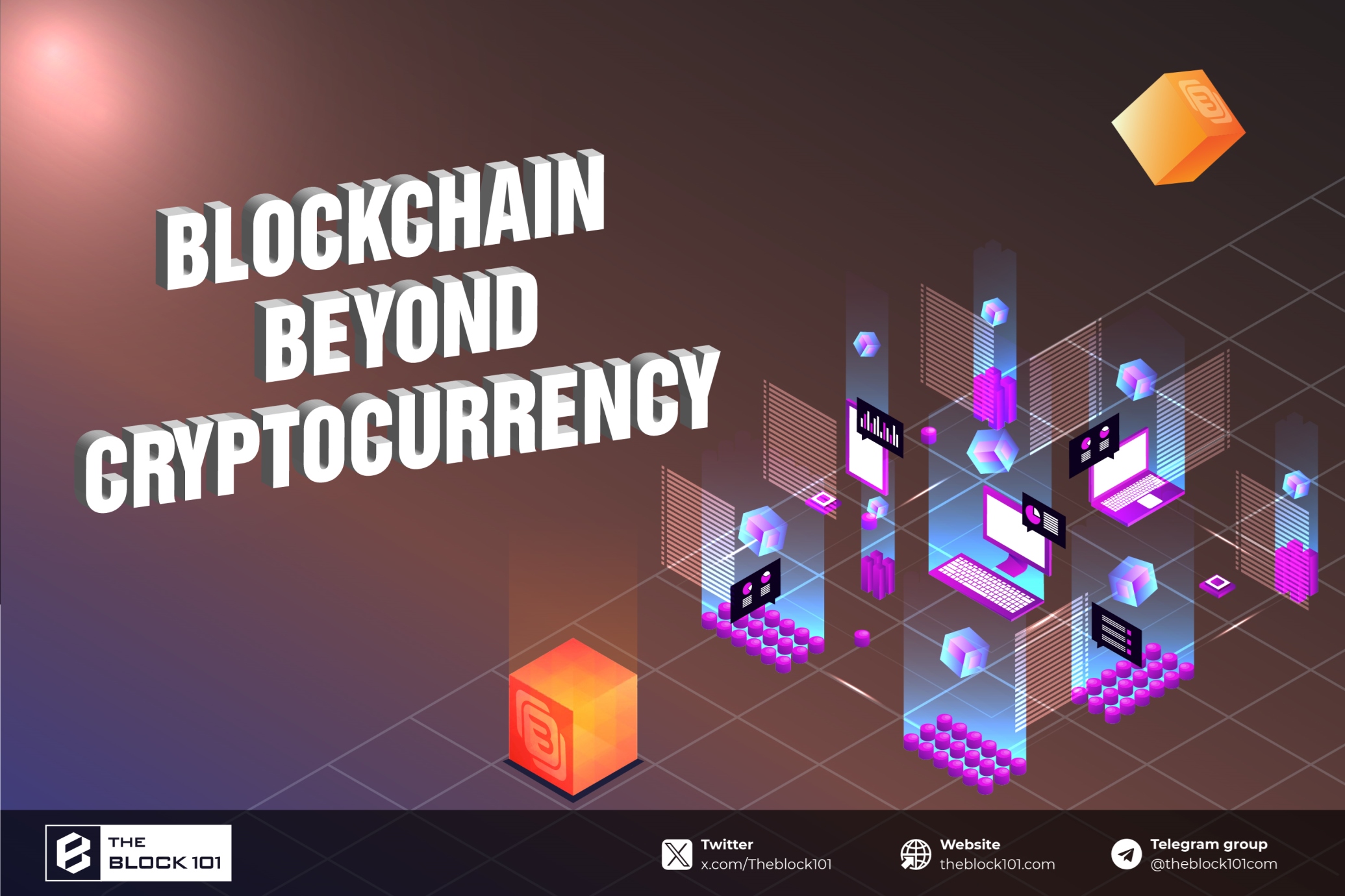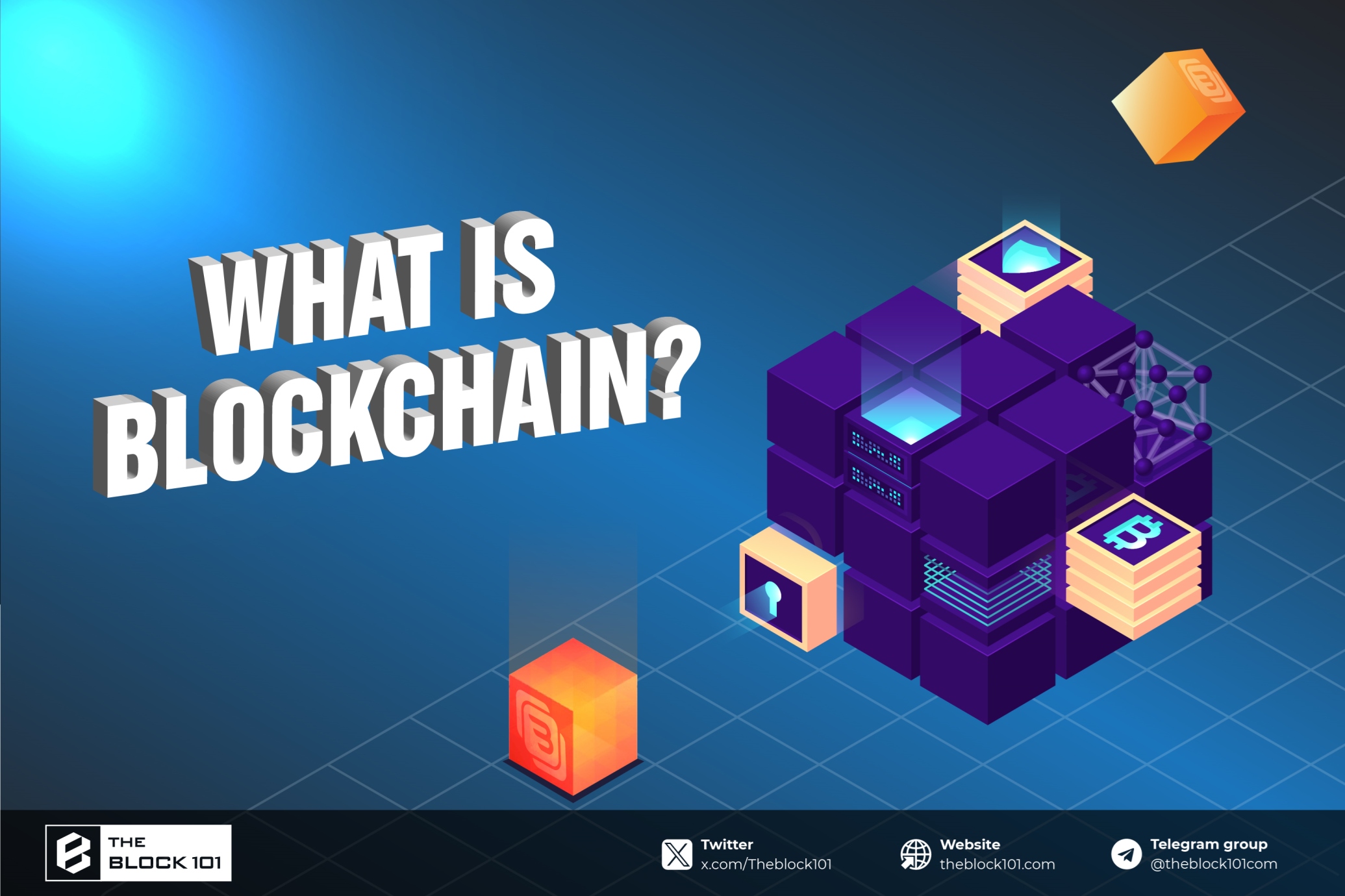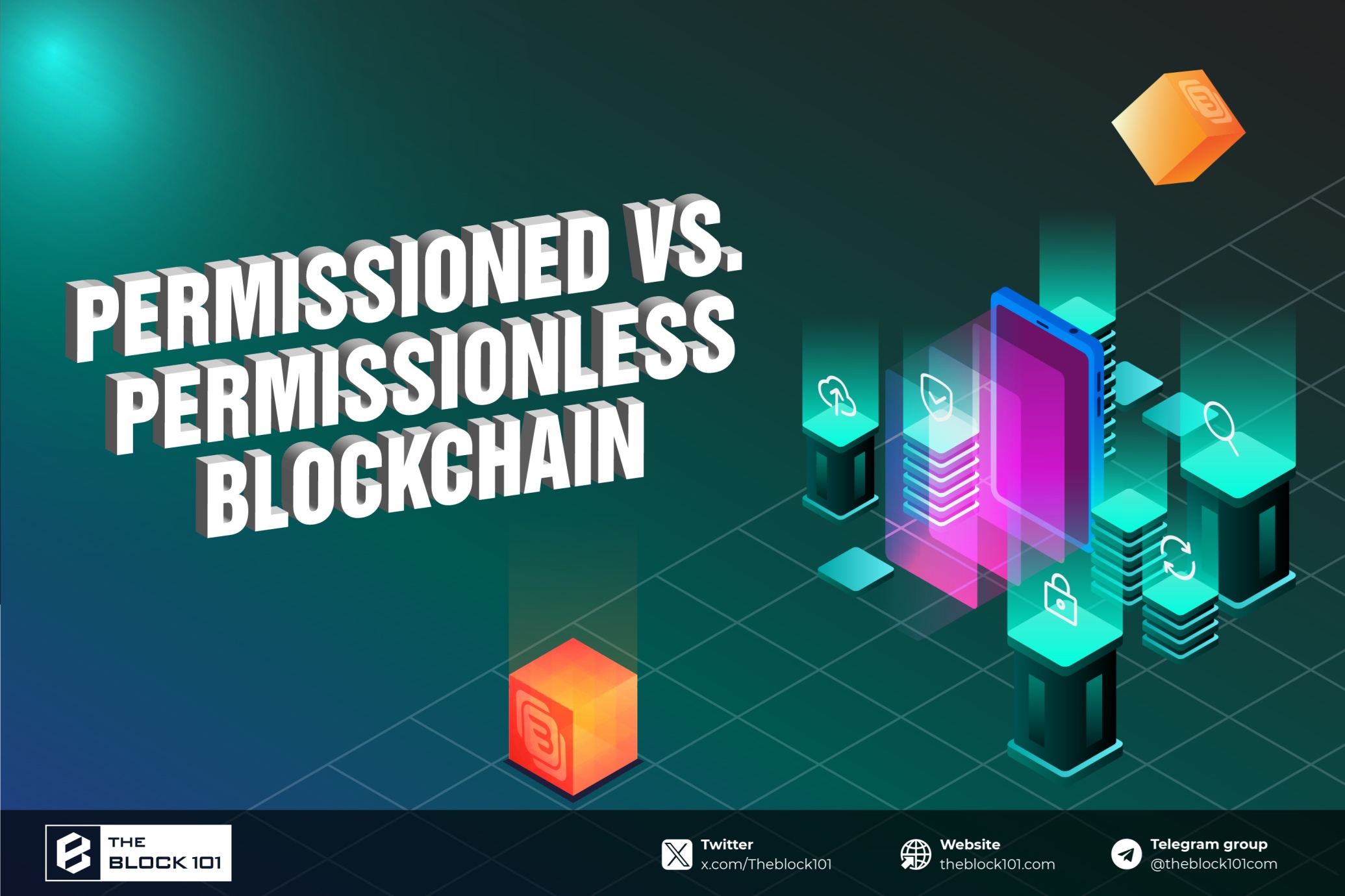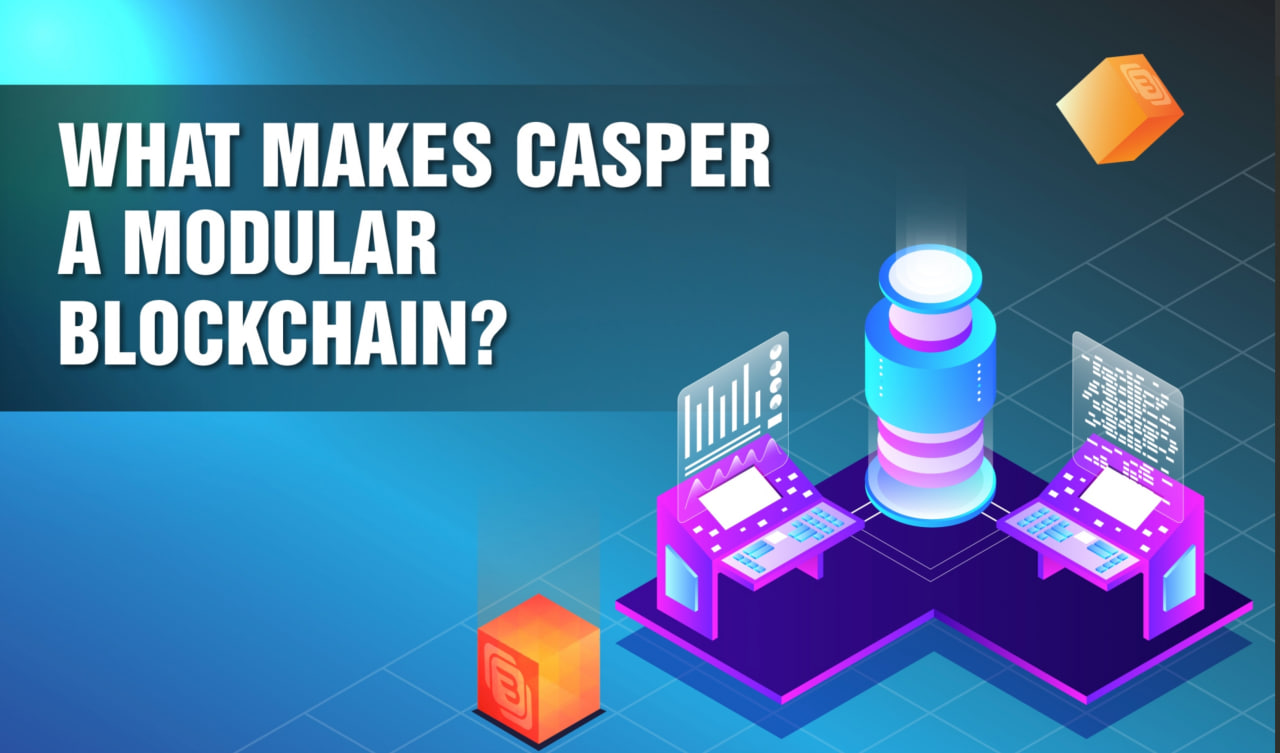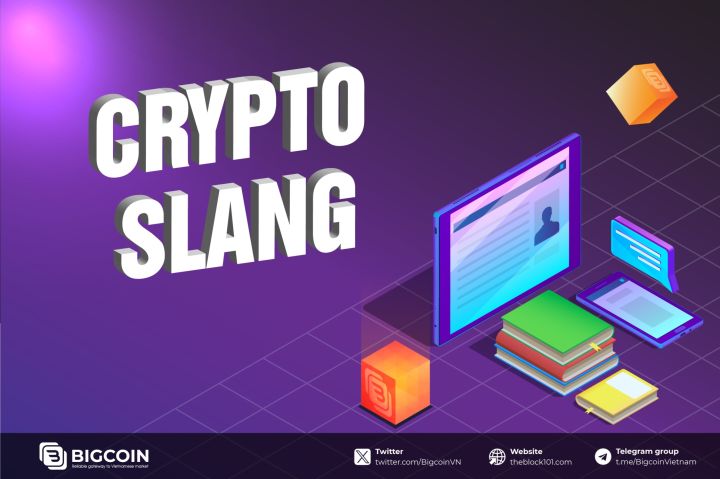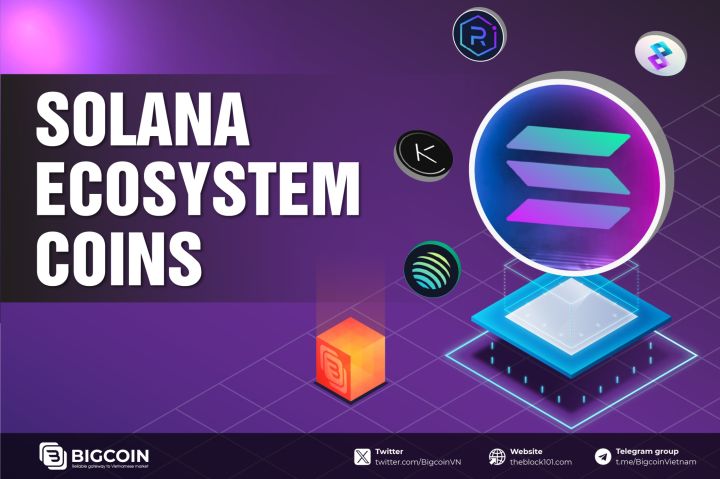1. What is Ethereum Halving?

1.1. What is Halving?
Halving is a programmed event in the life of certain cryptocurrencies, notably Bitcoin, where the reward for mining new blocks is reduced by half. This event typically occurs every four years for Bitcoin and serves several purposes:
-
Control of supply: By reducing the mining rewards, halving effectively controls the supply of the cryptocurrency, ensuring that it becomes scarcer over time.
-
Inflation control: By limiting the supply increase, halving helps control inflation, making the cryptocurrency more valuable over time if demand remains constant or increases.
-
Network security: Halving can also play a role in maintaining the security of the network, as miners need to continually invest in more efficient mining equipment to stay profitable.
Bitcoin's halving events are well-documented and have significant impacts on the market. However, Ethereum's approach to controlling supply and inflation is different.
1.2. Ethereum Halving vs. Bitcoin Halving
1.2.1. Bitcoin Halving
Bitcoin halving events occur approximately every 210,000 blocks, roughly every four years. The reward for mining a block is halved, reducing the rate at which new bitcoins are created. For example, the reward started at 50 BTC per block, halved to 25 BTC, then to 12.5 BTC, and most recently to 6.25 BTC. This mechanism will continue until the maximum supply of 21 million bitcoins is reached.
1.2.2. Ethereum's monetary policy
Ethereum does not follow the same halving mechanism as Bitcoin. Instead, Ethereum's monetary policy has been more dynamic, adjusting to the network's needs and goals. Ethereum Improvement Proposals (EIPs) are the primary method through which changes are proposed, discussed, and implemented.
One of the most significant changes to Ethereum's issuance came with EIP-1559, part of the London Hard Fork implemented in August 2021. This upgrade introduced a base fee for transactions that is burned, reducing the overall supply of ETH and potentially making it deflationary under certain conditions. This burning mechanism reduces the supply of ETH, akin to the effect of halving in controlling supply, but it operates differently.
1.2.3. Ethereum 2.0 and the transition to Proof of Stake (PoS)
Ethereum 2.0, also known as Eth2 or Serenity, is the long-awaited upgrade to the Ethereum network, transitioning from Proof of Work (PoW) to Proof of Stake (PoS). This upgrade, which began with the Beacon Chain launch in December 2020, aims to solve scalability and sustainability issues.
In PoS, validators are chosen to create new blocks and validate transactions based on the amount of ETH they hold and are willing to "stake" as collateral. This transition has significant implications for Ethereum's monetary policy:
-
Reduced issuance: The transition to PoS reduces the block reward issuance significantly. While PoW issued around 4.5% of new ETH annually, PoS is expected to issue between 0.5% to 1% annually, significantly reducing the rate of new ETH entering circulation.
-
Increased security: PoS enhances security by making it economically unfeasible for a single entity to control the majority of the network's staked ETH.
-
Energy efficiency: PoS is far more energy-efficient than PoW, reducing the environmental impact of Ethereum mining.
2. Ethereum's approach to Halving
2.1. Block reward reductions
While Ethereum does not have a fixed halving schedule, it has implemented several block reward reductions over its history. Initially, the block reward was 5 ETH, which was reduced to 3 ETH with the Byzantium upgrade in October 2017, and then to 2 ETH with the Constantinople upgrade in February 2019.
2.2. Ethereum improvement proposals (EIPs)
Changes to Ethereum’s monetary policy often come through Ethereum Improvement Proposals (EIPs). For instance, EIP-1559, implemented in August 2021 as part of the London hard fork, introduced a mechanism to burn a portion of transaction fees, reducing the overall ETH supply.
EIP-1559: The London Hard Fork
EIP-1559, implemented as part of the London hard fork in August 2021, introduced a significant change to Ethereum's fee structure. The proposal aimed to make transaction fees more predictable and to reduce the overall supply of ETH through a mechanism called fee burning.
-
Base fee and tip: Under EIP-1559, each transaction includes a base fee that is burned, removing it from circulation, and a tip that is given to miners (or validators in PoS) as an incentive.
-
Fee burning: By burning a portion of the transaction fees, EIP-1559 effectively reduces the supply of ETH over time. This mechanism can be seen as a deflationary measure, similar to the reduction in Bitcoin's issuance rate during halving events.
2.3. Transition to Ethereum 2.0
The most significant change to Ethereum’s issuance model comes with the transition to Ethereum 2.0 and the shift from PoW to PoS. In PoS, the issuance rate of new ETH is expected to be much lower compared to PoW, acting as a form of halving. This transition is designed to make Ethereum more sustainable and secure while reducing inflation.
3. Impacts of Ethereum Halving and reward reductions
-
Price dynamics
Halving events, both in Bitcoin and Ethereum, tend to generate significant interest and speculation. The reduction in new ETH issuance can create supply constraints, potentially driving up prices if demand remains constant or increases. Historical data from previous reward reductions shows that such events often precede price rallies, although other market factors also play a crucial role.
-
Investment considerations
For investors, the reduction in ETH issuance could make Ethereum a more attractive investment. A lower supply growth rate, combined with strong demand for the network's utility, could lead to price appreciation. However, investors should also consider the risks and uncertainties associated with such significant network changes.
-
Network security and Decentralization
The transition to PoS and the reduction in issuance rate also have implications for network security and decentralization. PoS is designed to be more energy-efficient and potentially more secure than PoW. However, the concentration of staked ETH among large holders could raise concerns about centralization.
-
Ecosystem growth
Ethereum's upgrades and changes are aimed at fostering long-term growth and sustainability of the ecosystem. By addressing scalability and security challenges, Ethereum aims to maintain its position as the leading smart contract platform and to support a wide range of decentralized applications (dApps).
-
Market reactions
Historically, markets often react to reward reductions or halving events with increased volatility. Investors may speculate on the future price of ETH, leading to short-term price spikes or drops. However, long-term effects are typically more stable as the market adjusts to the new supply dynamics.
4. Comparisons with Bitcoin Halving
While Ethereum does not have a direct halving event, its periodic updates and changes achieve similar effects through different mechanisms. Here are some key comparisons:
-
Mechanism: Bitcoin's halving is a pre-programmed event that reduces the block reward by 50% every four years. Ethereum's reductions in issuance rate are achieved through protocol upgrades, such as the transition to PoS and the implementation of EIP-1559.
-
Frequency: Bitcoin's halving events occur approximately every four years. Ethereum's issuance reductions are not tied to a fixed schedule but are part of broader network upgrades and improvements.
-
Impact on Supply: Both Bitcoin and Ethereum aim to control the supply of their respective cryptocurrencies. Bitcoin achieves this through halving events, while Ethereum achieves it through a combination of PoS transition and fee burning mechanisms.
5. Future of Ethereum Halving and Ethereum 2.0
5.1. Beacon chain and Ethereum 2.0 phases
The Beacon Chain, launched in December 2020, is the PoS blockchain running in parallel with the current Ethereum PoW chain. The Beacon Chain coordinates validators and will eventually merge with the main Ethereum network, marking the full transition to PoS. This merge, often referred to as "the Docking," is a critical milestone for Ethereum 2.0.
5.2. Sharding
Another significant aspect of Ethereum 2.0 is sharding, which involves splitting the Ethereum blockchain into smaller, more manageable pieces called shards. Sharding aims to increase the network’s capacity to process transactions, reducing congestion and lowering transaction fees. This scalability solution is vital for Ethereum’s growth and long-term success.
5.3. Long-term inflation rate
With the transition to PoS and continued adoption of EIPs like 1559, Ethereum’s long-term inflation rate is expected to decrease significantly. Validators will receive rewards based on their staked ETH and network participation, creating a more sustainable and predictable monetary policy.
6. Conclusion
While Ethereum does not have a direct halving event like Bitcoin, it undergoes periodic updates and changes that achieve similar effects through different mechanisms. The transition to Proof of Stake, the implementation of EIP-1559, and other protocol improvements are aimed at reducing the issuance rate of new ETH, enhancing network security, and fostering long-term ecosystem growth. Understanding these changes and their implications is crucial for anyone interested in the future of Ethereum and the broader cryptocurrency landscape.
As Ethereum continues to innovate and evolve, it remains a critical player in the blockchain space, driving the development of decentralized applications and shaping the future of finance. Whether you are an investor, developer, or enthusiast, staying informed about Ethereum's economic model and network upgrades will be essential for navigating the ever-changing world of cryptocurrency.
Read more:

 English
English Tiếng Việt
Tiếng Việt.jpg)
